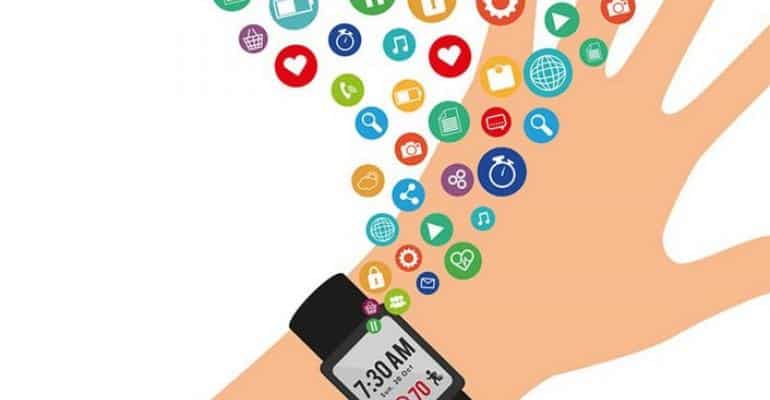By Tim Houchin | December 3, 2008
Original Article
When Fitbit announced in the fall that it plans to get into the health-coaching business with Fitbit Care, it was billed in some circles as a sign of the company’s ambition to become more than just a maker of fitness wearables. But any such characterization misses an essential ingredient that shows where Silicon Valley is asserting our place in healthcare. Indeed, Fitbit Care may be more interesting as a data-management gateway for wearables generally, rather than as yet another option for your wrist.
Driving by Google’s offices off the Southbay Freeway, you’ll see an outsized rallying cry on the windows – “We ♥ APIs.” Hopefully Silicon Valley’s wearables entrepreneurs noted it as they sped through Sunnyvale on their way to the Health 2.0 conference in Santa Clara at the end of last summer. Wearables are big business here. But as we in the Valley take a closer collective look at healthcare, there’s a missing piece in our ecosystem we need to fix – and that Fitbit might be onto.
More than half of Americans use wearables on a daily basis and that number is expected to double by 2021. But for the one out of every two Americans who suffer from chronic disease — diabetes, arthritis, asthma, heart disease — wearables have shown promise when it comes to lowering costs, improving patient experience and adherence, and delivering better care.
Just like the Thursday commute to San Jose, the road to tapping wearables’ potential is a mess. It’s not a regulatory problem or even necessarily a technical one. Rather, it’s an ecosystem deficiency — a failure to make it easier to use the new mass of data.
The wrist provides an incredibly powerful means for collecting real-time data – which is multiplied when wrist wearables connect with EMRs and insurance systems. Here and elsewhere, efforts to tackle patient adherence — a $300 billion dollar problem – were brought into stark relief in the wake of wildfires and asthma. By developing smart-inhaler sensors to collect actionable data for doctors and provide nudges to patients, studies show as much as an 80% reduction in hospital admissions for children with asthma.
Yet when we and others seek to use this vast new data for broader population health, there’s a pile-up. Each player in health collects and weaves together this data to some degree, but everyone’s doing it differently and for his or her own purposes. Enormously powerful data remains isolated; opportunity builds up untouched.
We’ve all been working on APIs that allow wearable data to be ingested for specific purposes, but really they’re APIs for each specific purpose and located at the place where that specific purpose occurs, not at the wearable. A New York company called Zipari has launched a platform that integrates wearable data into payer customer experience. In Chicago, Gray Matter Analytics is honing a process to ingest nearly any piece of hospital data, including ones generated by wearables. Wearable makers are creating APIs on their own side.
But all of these are point to point. No one has gone to the wearable side of the equation and created a universal gateway through which wearable data can be tapped by any other part of the ecosystem in the same manner.
New York-based Vericred is providing a universal platform for digital distribution of payer plan data, but we haven’t seen the rise of a similar platform that can pull wearable data into a single resource. That is, until the announcement of Fitbit Care – which, if you dig through the details, includes a software layer that could provide this missing piece of the puzzle. Fitbit appears to see it as an opportunity for Silicon Valley to assert itself once again as the foundation of the national tech community.
It’s an exciting time for wearables and IoT devices in the healthcare space. Healthcare is showing us that there are new and rapidly expanding opportunities for entrepreneurs trying to find scalable solutions to these problems.

